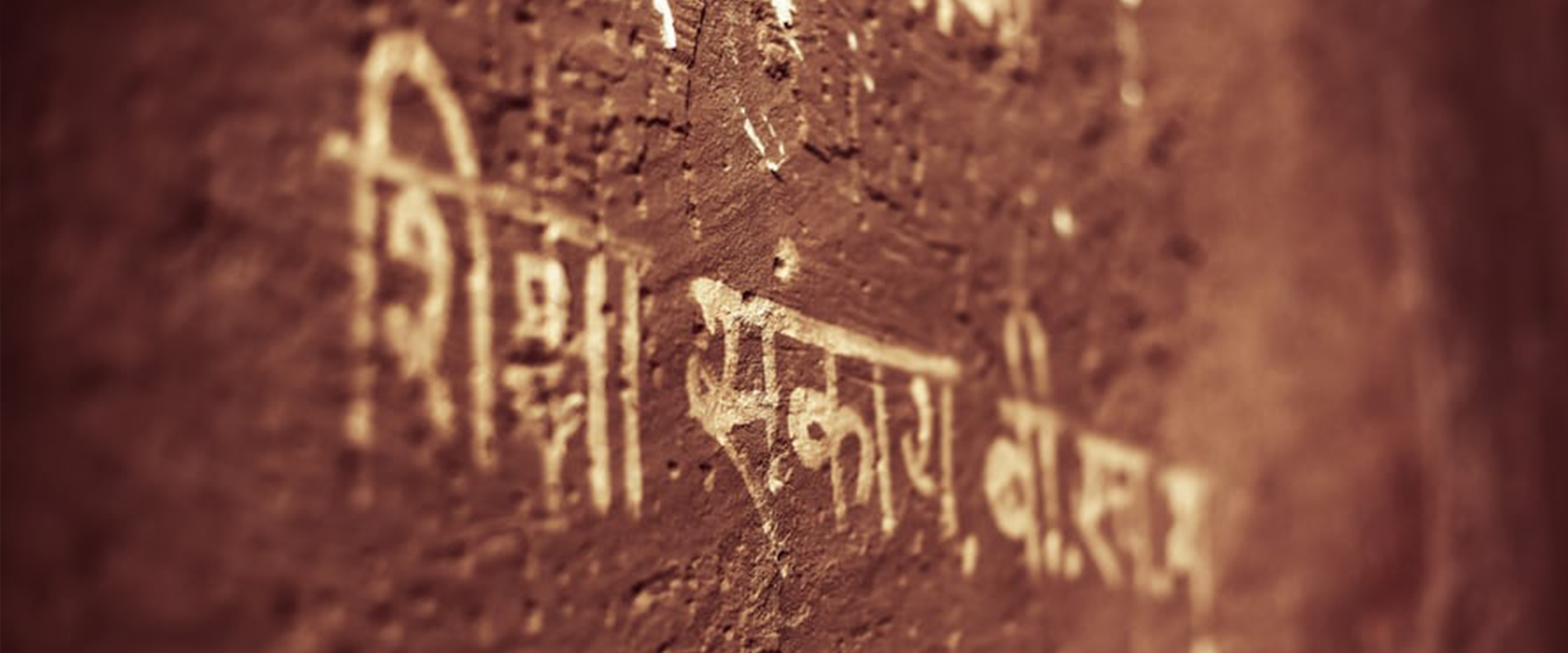The Thunder: Perfect Mind - Part 1
July 7, 2020
I am the first and the last
I am she who is honoured and she who is mocked
I am the whore and the holy woman
I am the wife and the virgin
I am the mother and the daughter
I am she ....
Do not be afraid of my power ....
I am the knowledge of my name
I am the name of the sound and the sound of the name
~ The Thunder: Perfect Mind
(as written at the beginning of The Book of Longings)
Non-dual experiences of Oneness are present in the writings of mystics from all religious traditions. These moments, fleeting or abiding, of oneness with the phenomenal world transcend the faith doctrines and transport the individual into an immersive experience with the Divine they no longer recognize as separate from their self. The above quote is a section from a non-dual Christian text with the intriguing title The Thunder: Perfect Mind, recovered with many other texts in 1945. Collectively known as the Nag Hammadi scrolls, some of these recovered texts expound a view that is more inline with non-dual classical Tantra than with common interpretations present in modern mainstream Christianity. As such, we will contemplate this excerpt using the Tantrik worldview.
The first line of the passage above, “I am in the first and I am the last,” sets the stage for the non-dual view. This is the encompassing statement that recognizes the “I” at our essence is the “I” of everything. The perception of separation and distinction dissolves when we remember that we are part of the One that forms all that is seen and unseen inside and around us. This line is a statement of totality; I am unborn and undying. I am eternal.
The next four lines continue to articulate this non-dual stance, recognizing that we are everything in the continuum from one extreme to the other. These are descriptions of states of existence, roles that can be taken on and then discarded. The dichotomies listed point to our mind’s tendency to categorize and judge based on these differences. By paying attention to these evaluations, we give credence to the superficial differences which hide our inherent
sameness. We interpret visual diversity as truth and limit our investigation of connection as a result.
As well, these four lines create a paradox for the mind. Unable to perceive both ends of the expressed spectrum at the same time, the mind’s tendency to categorize is confounded. The conundrum drops the mind into momentary stillness as it is unable to “solve” the paradox. This moment of spaciousness is the place of the middle where one “side” of dualistic continuum blurs into the other and we drop into our centre, our spiritual heart.
The sixth line, I am she ...., initiates the resolution of the dualism of the previous lines. This significant statement references the thread of sameness running through the heart of the apparent differences. Here, we are brought back to the concept of Oneness with which the passage opened. There is no real distinction between the One who is honoured and the One who is mocked. We can also quickly be elevated or deflated; either position being one on which we tenuously balance based on the determination of either our mind or that of our neighbour’s.
“I am she...” also links to a core element of non-dual Tantra, mantra. While central to all branches of the yoga tradition, mantra is especially significant to various lineages of non-dual Tantra with one derivation known as “the way of mantra.” Mantra is understood to be a fundamental vibration of the Divine and the primal breath mantra is SoHam or Hamsa. This mantra which translates as “I am That, That I am” is quite similar in intention to “I am She” and perhaps the inverse, “She is I.”
With this line referencing the totality of the spectrum, we return full circle to the opening line. “I am the first and the last,” and “I am That, That I am” recognizes the continuity of the One that is the source of all and is found in all. We are all the One, interconnected, slipping roles on and off and only by Grace landing in one costume versus another and returning to that from which we arose.

